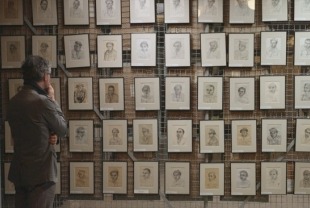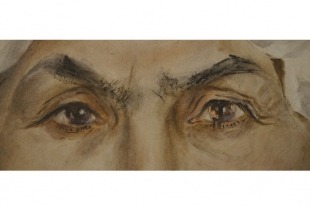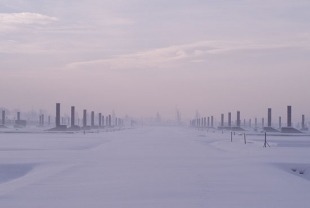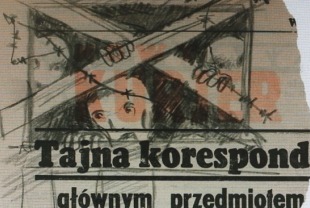Seventy years after the liberation of prisoners held in the Nazi concentration camps of Buchenwald, Auschwitz-Birkenau, Dachau, and Treblinka, art created secretly by those imprisoned there has survived. The majority of works were drawings on paper while others were painted from memory after World War II. These artists bear witness to the pain, suffering, and death that went on all around them. One of them calls it a "a landscape of death."
Christophe Cognet directs this chilling documentary that contains accounts by prisoners of their nightmarish existence in these horrible places. One of the most thought-provoking interviews is with Zoran Music, a survivor of Dachau who was able to find moments of beauty even in the hellish death houses. Other historians and artists would vehemently disagree with him. We agree with Music and recall the intimations of beauty depicted in Paradise Road, a 1997 drama about a group of European, Australian, and American women in a Japanese prison camp during World War II which shows how creativity can soothe the soul even in the worst situation imaginable, and in Playing For Time, a 1980 film set in Auschwitz where a women's orchestra perform for their captors.



